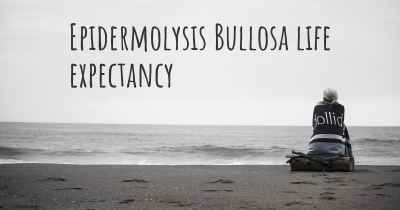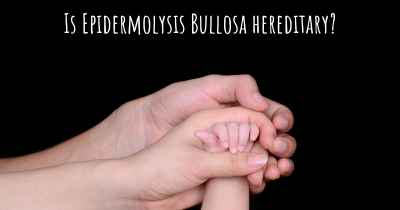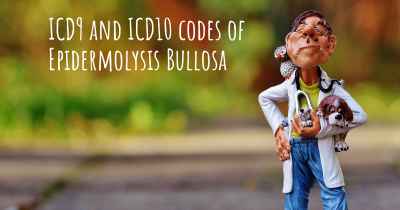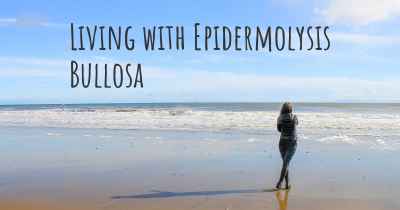What is the history of Epidermolysis Bullosa?
When was Epidermolysis Bullosa discovered? What is the story of this discovery? Was it coincidence or not?
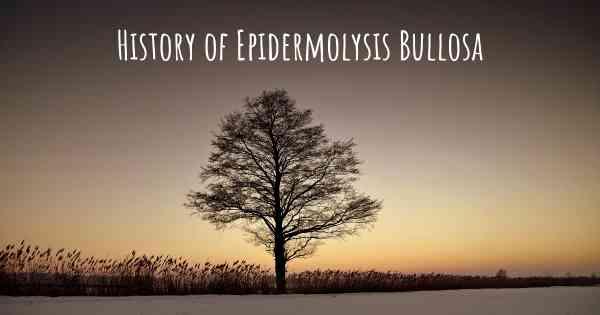
Epidermolysis Bullosa (EB) is a rare genetic disorder characterized by extremely fragile skin that blisters and tears with minimal friction or trauma. The history of EB dates back to ancient times, although it was not officially recognized as a distinct condition until the late 19th century.
The first documented case of EB can be traced back to the 2nd century AD, where a Greek physician named Galen described a newborn with "fragile skin." However, it wasn't until the 19th century that significant advancements were made in understanding the disorder.
In 1886, a German dermatologist named Dr. Johann Schönlein coined the term "epidermolysis bullosa" to describe a group of inherited skin diseases characterized by blister formation. He recognized the hereditary nature of the condition and identified it as a distinct disorder.
Throughout the 20th century, further research and understanding of EB continued to evolve. In the 1920s, Dr. Francis W. Schultz, an American dermatologist, classified EB into three major types: simplex, dystrophic, and junctional. This classification system laid the foundation for understanding the different subtypes of EB.
During the mid-20th century, advancements in genetics and molecular biology led to a deeper understanding of the underlying genetic mutations responsible for EB. In the 1990s, researchers identified specific genes associated with different forms of EB, including the genes encoding for collagen VII, laminin-332, and keratins.
Today, there are four main types of EB:
- Epidermolysis Bullosa Simplex (EBS): This is the most common and mildest form of EB, characterized by blistering within the epidermis.
- Dystrophic Epidermolysis Bullosa (DEB): DEB is caused by mutations in the genes responsible for collagen production, leading to blistering within the dermis.
- Junctional Epidermolysis Bullosa (JEB): JEB is caused by mutations in genes encoding for proteins involved in the formation of the basement membrane, resulting in blistering at the junction between the epidermis and dermis.
- Kindler Syndrome: This is a rare form of EB characterized by blistering at birth, along with photosensitivity and progressive skin atrophy.
Despite significant progress in understanding EB, there is currently no cure for the disorder. Treatment primarily focuses on managing symptoms, preventing infection, and promoting wound healing. This often involves specialized wound care, pain management, and nutritional support.
Research efforts are ongoing to develop potential therapies, including gene therapy, stem cell transplantation, and protein replacement therapy. These advancements offer hope for improved treatments and potentially a cure in the future.
In conclusion, the history of Epidermolysis Bullosa spans centuries, with significant milestones in understanding the disorder occurring in the late 19th and 20th centuries. Today, ongoing research and advancements in genetics and molecular biology continue to shed light on the underlying causes of EB, paving the way for potential breakthroughs in treatment and ultimately a cure.
